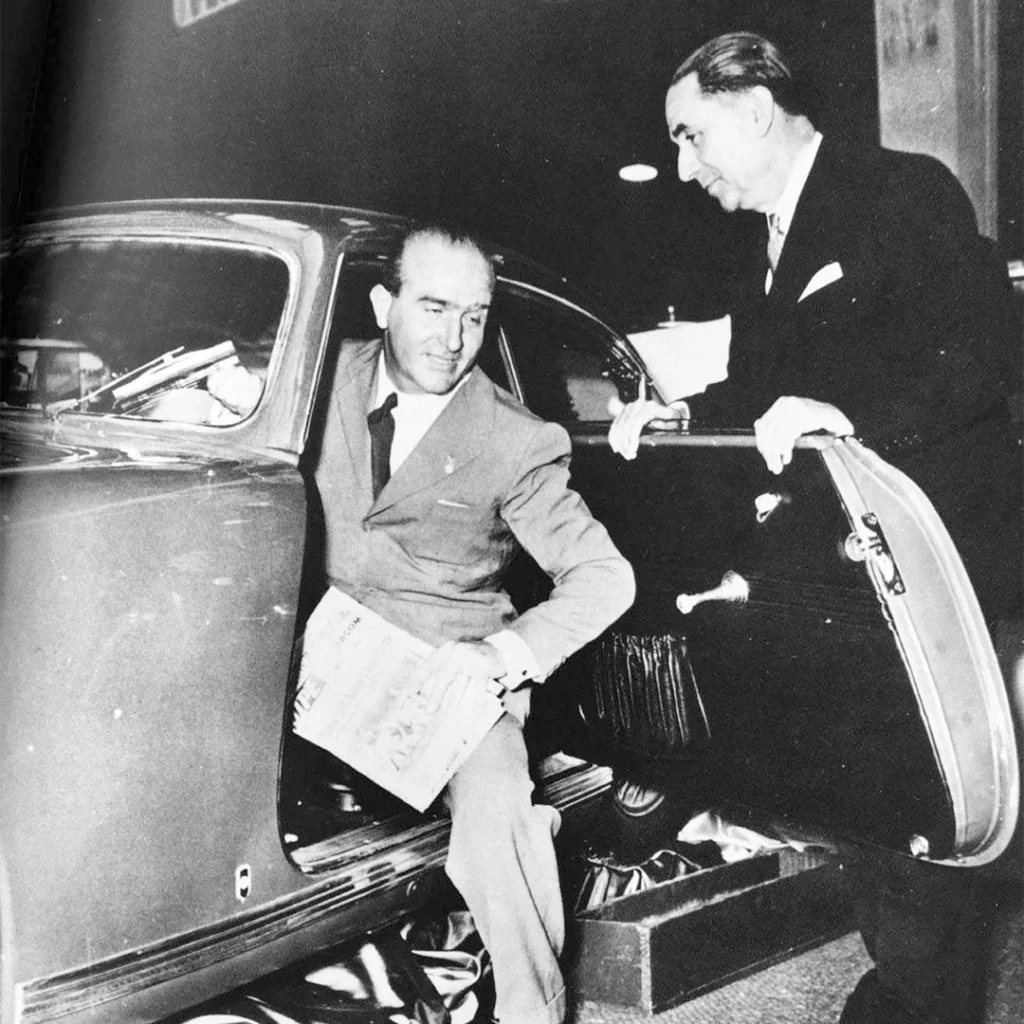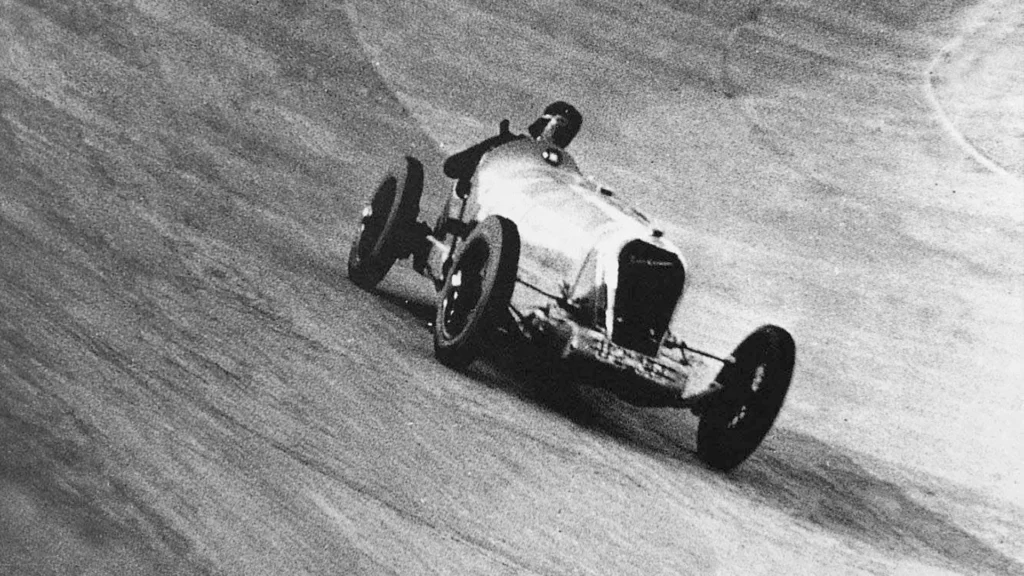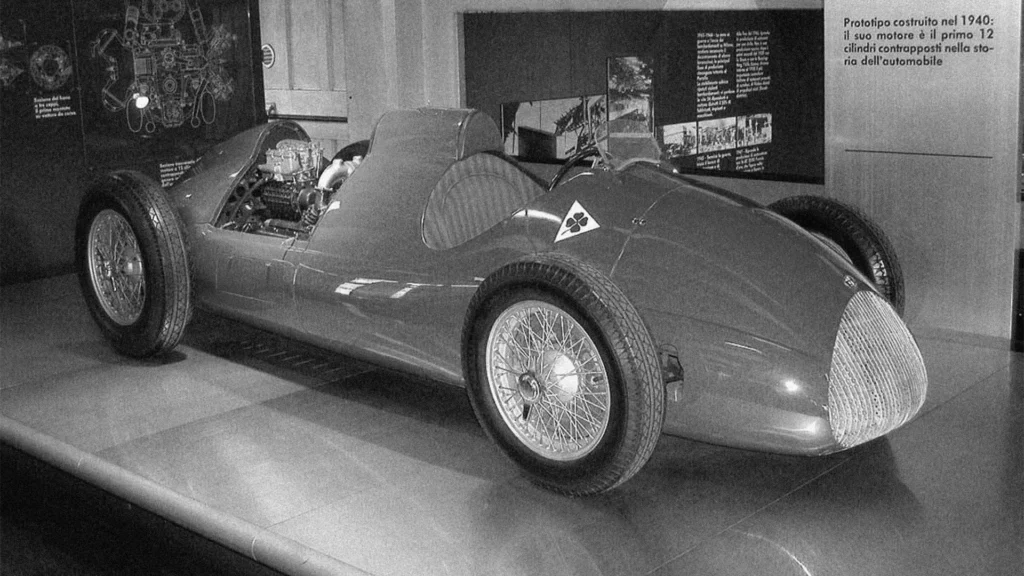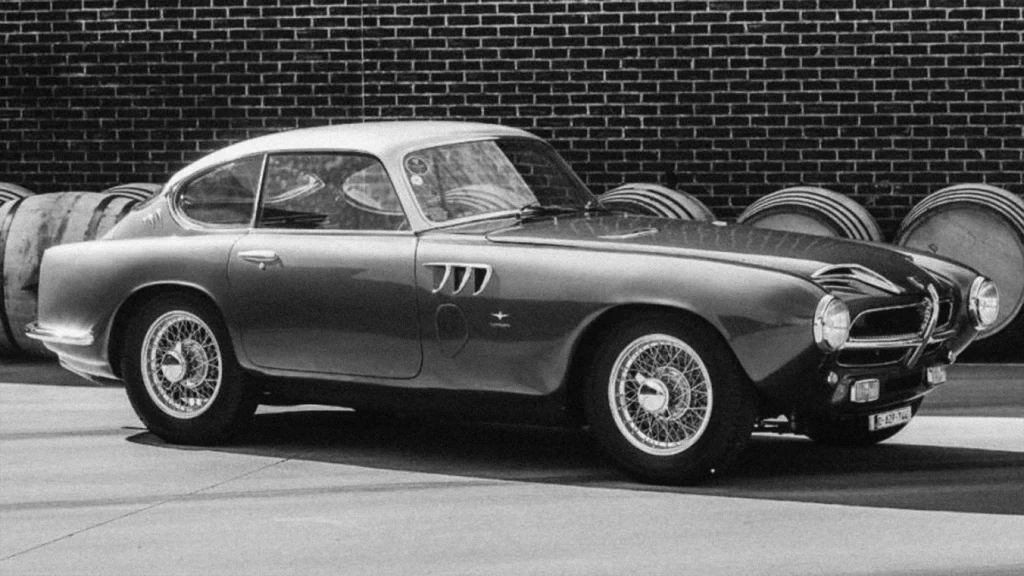Wifredo Ricart
1897-1974
Meet the Pioneering Genius
Birth of a Visionary
Ricart Spain Period
The Alfa Romeo Era
The Pegaso Legacy
S.E.A.T. and Consulting Projects
Innovator Until the End
Farewell to a Genius

Engineering Legends

1922: Ricart Super Sport
This was one of the first racing cars designed by Wifredo Ricart. The model stood out for its lightweight construction and performance in local races, being a pioneer in the use of aluminum components.
With its 4-cylinder inline engine and single carburetor, the Ricart Super Sport was known for challenging much larger and more powerful vehicles, even defeating brands like Bugatti in dirt races in Catalonia, surprising spectators with its speed and agility.

1936-1940: Alfa Romeo 512 and Alfa Romeo Tipo 158 “Alfetta”
This prototype was ahead of its time, designed to compete in Formula 1. It featured a 3-liter V12 mid-engine, an uncommon setup back then, which enhanced its balance and maneuverability. The Alfa Romeo 512 never got to compete due to the outbreak of World War II, but its design served as inspiration for future generations of mid-engine race cars.
The “Alfetta,” with its 8-cylinder inline engine and 1.5-liter displacement, is considered one of the most successful racing cars of all time. It was lightweight and powerful, specifically designed for Grand Prix races. In fact, this car won the first race of the Formula 1 World Championship in 1950. It was a precursor to the modern single-seater racing car.

1951-1957: Pegaso Z-102 and Z-103
The Z-102 was the most advanced car of its time, featuring a lightweight tubular chassis, an aerodynamic aluminum body, and a V8 engine with up to 3.2 liters of displacement, with some versions being supercharged. It reached a top speed of 243 km/h, making it the fastest car in the world upon its release. It was nicknamed the “Spanish Ferrari” and caught the attention of notable figures such as King Farouk of Egypt and actor Tyrone Power. It became the star of high-society events and luxury automobile exhibitions across Europe and the United States.
Its successor, the Z-103, featured a 4.5-liter V8 engine, designed to offer more power and refinement than its predecessor. This model was an evolution of the Z-102, with engine improvements and a more elegant, sophisticated design. It represented the pinnacle of luxury and performance, with bespoke finishes and bodies crafted by the finest coachbuilders of the time, such as Touring and Saoutchik. Only 10 units were ever produced, making it an extremely rare collector’s item today. One of the models was acquired by American businessman J. Paul Getty, who was impressed by its exclusivity.
Pegaso: Speed, Innovation, and Prestige
Pegaso Z-102
Discover the new z102s
The z102s honors its legendary predecessor while pushing the boundaries of modern automotive design.
Handcrafted for the discerning connoisseur, it represents the perfect harmony of power, precision, and artistry.
